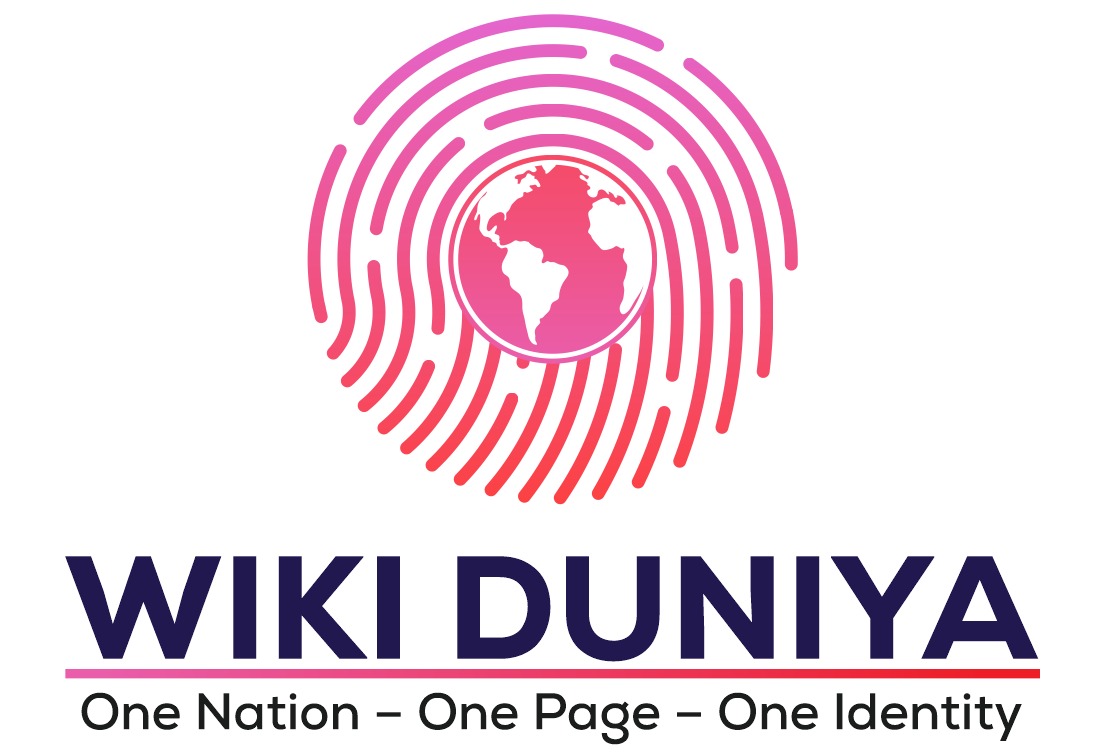
How to Use Internal Linking to Boost Profile Visibility
Introduction
How to Use Internal Linking to Boost Profile Visibility is a strategy many overlook when building an online identity.
Most people focus on visuals, keywords, or external promotion, forgetting that the structure of their own site or profile plays a huge role in how easily visitors and search engines navigate it.
In India, where online competition is growing among professionals, students, freelancers, and entrepreneurs, internal linking can help retain visitors longer and guide them toward the most important parts of your profile.
What is Internal Linking?
Internal linking means creating clickable links within your website or digital profile that lead to other relevant pages or sections on the same domain.
For example, if you have a personal website showcasing your portfolio, you could link from your “About Me” page to your “Projects” page or from a blog post to your contact form. This helps search engines understand the structure of your site and also directs visitors to more of your content without them needing to search for it manually.
Why Internal Linking Matters for Visibility
From a search engine perspective, internal links help distribute authority and relevance between your pages. When a high-value page links to another page within your site, it passes some of its credibility along, improving the linked page’s chances of ranking.
For human visitors, internal links create a smooth flow, making it easier for them to explore multiple sections of your profile. This not only increases page views but also improves engagement metrics — a factor that search engines indirectly reward.
Guiding Visitors to Key Sections
If your goal is to make certain parts of your profile more visible — such as your portfolio, testimonials, or service pages — internal links can act as signposts.
For example, a freelance photographer might link from their homepage’s welcome paragraph to their “Wedding Photography” and “Event Coverage” pages. This ensures visitors reach the sections most likely to convert them into clients.
Best Practices for Effective Internal Linking
To make internal linking truly work for your visibility, you need to follow some simple but important rules. First, use descriptive anchor text — the clickable words in your link. Instead of writing “click here,” use something like “see my latest graphic design projects.” Second, avoid overlinking.
Too many links in one paragraph can confuse the reader and dilute the importance of each link. Third, keep links relevant; they should guide the visitor deeper into your expertise rather than take them on unrelated tangents.
SEO Benefits of Internal Linking
Search engines use “crawlers” to scan your site. Internal links act like pathways, showing crawlers where to go and what to index. If some of your important pages have no links pointing to them, they might not get indexed properly.
By linking strategically, you ensure that even deeper pages — like case studies or niche service descriptions — get discovered. This is especially important for professionals in India who operate in competitive industries where every indexed page is an opportunity to appear in search results.
Examples for Different Professions
Internal linking strategies vary depending on your profession. A content writer might link from blog articles to service pages offering content packages.
A lawyer could link from a “Practice Areas” page to detailed explanations of each service. A student building an academic profile could link from a “Research” page to individual project write-ups.
By thinking about the visitor’s journey, you can position links in places where they naturally feel useful.
Maintaining a Healthy Link Structure
Over time, profiles evolve. You may remove old pages or rename sections. Broken internal links can harm both user experience and SEO.
Regularly check your profile for broken links and fix or update them. Many free online tools can help detect these issues before they impact your visibility.
Also, consider adding internal links to new content as soon as it’s published, so it immediately benefits from your existing traffic.
Conclusion
Internal linking is not just a technical SEO task — it’s a visitor-friendly navigation tool that can make your digital profile more effective. In a competitive Indian market, where professionals need every advantage to stand out, guiding visitors to the right content at the right time is crucial. Done well, internal linking boosts search engine understanding, improves user experience, and helps convert casual visitors into engaged followers or clients. Think of it as building smart, well-lit pathways through your online identity.




